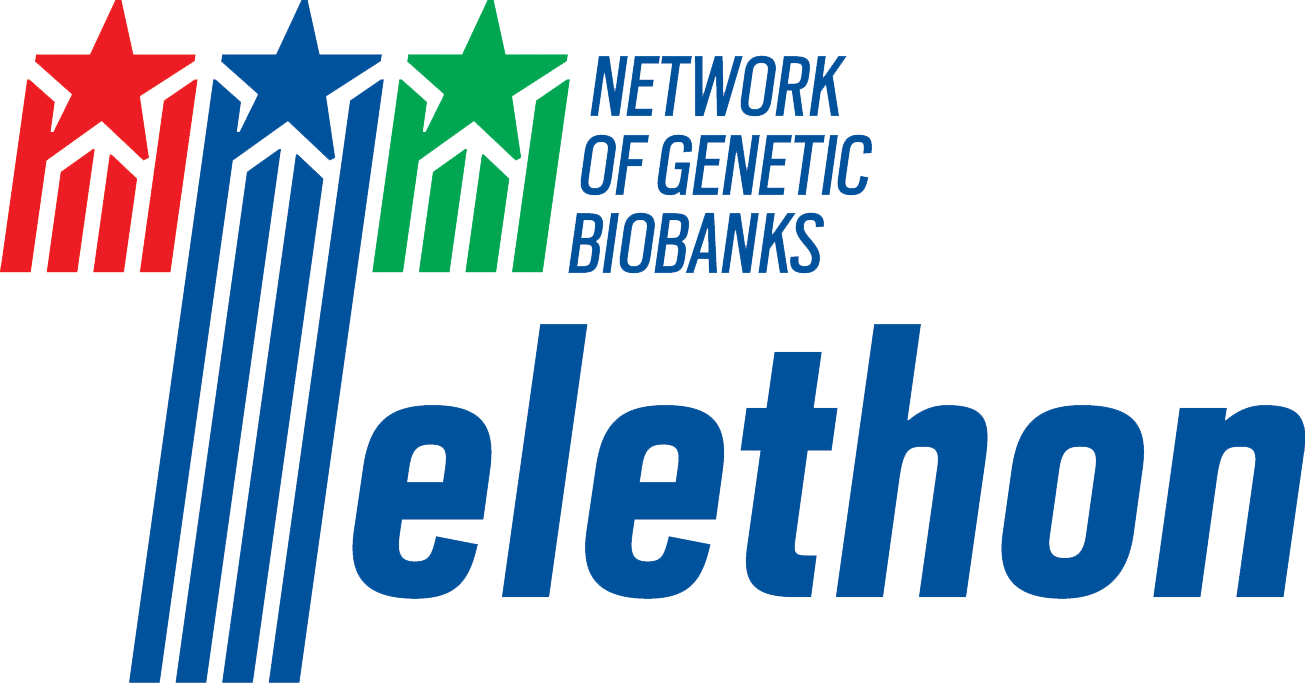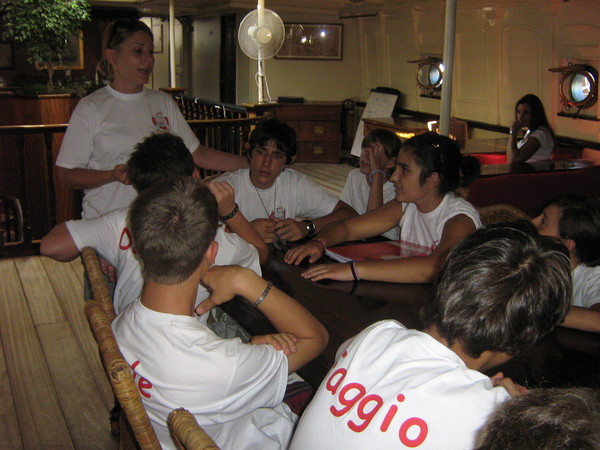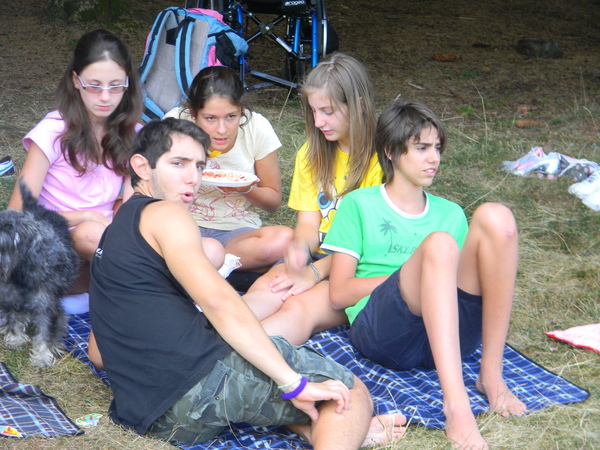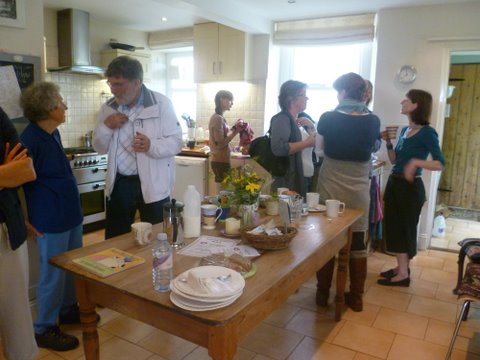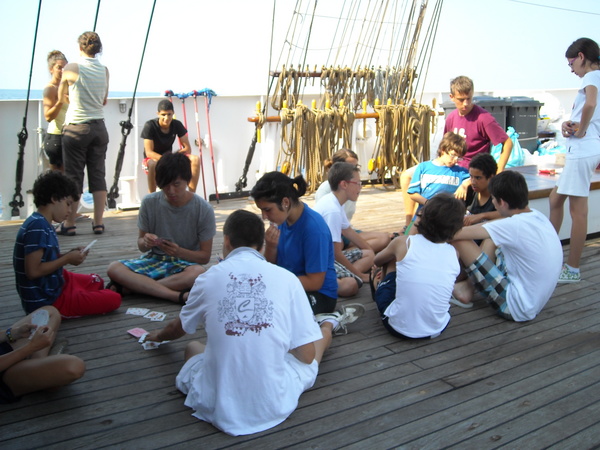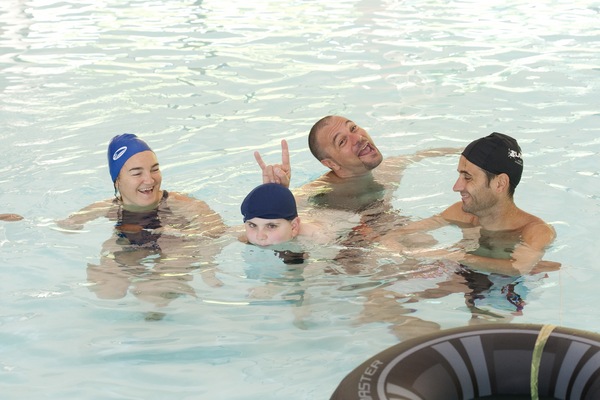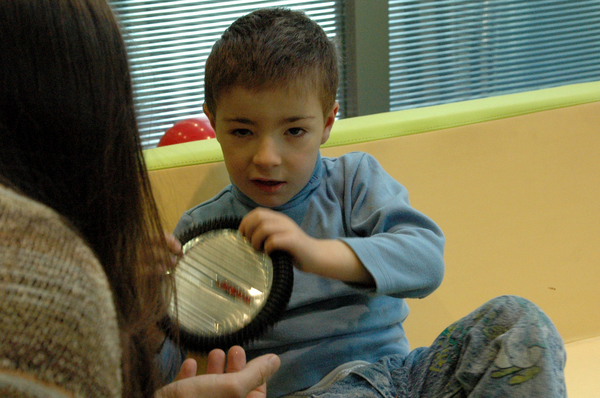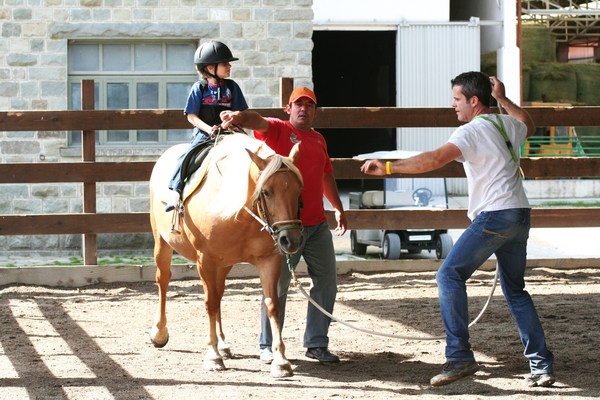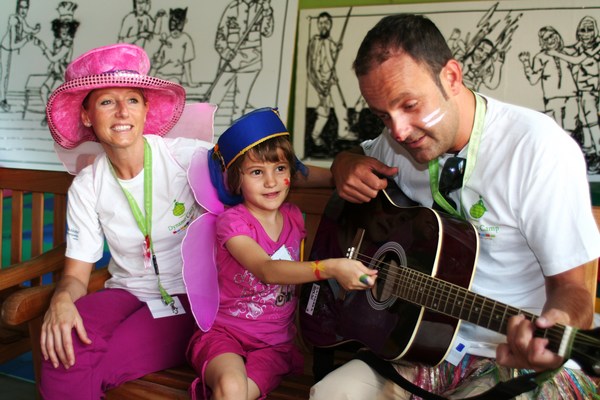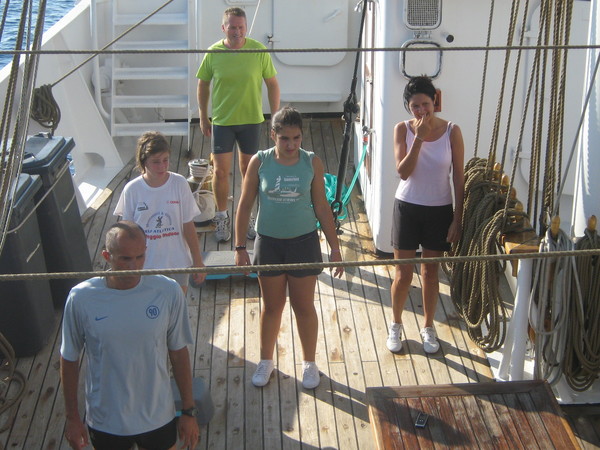GENERATION OF A MURINE MODEL TO BETTER UNDERSTAND THE PATHOPHYSIOLOGY OF THE RING14 SYNDROME
| Project Leader | Yann Herault |
| Host Institution | Institute Clinique de la Souris, Institute of Genetic and Molecular and Cellular Biologic IGBMC, INSERM U964, CNRS, University of Strasbourg (France) |
| Duration | 2 years |
| Star-up date | August 2012 |
| Budget | € 93.000 (co-financed at 50% by Ring14) |
| Status | Completed |
PROJECT FUNDING APPROVED BY AN INTERNATIONAL COMMITTEE
In order to further advance the knowledge of the molecular basis of Ring14 syndrome and have an animal "model" on which to test therapeutic approaches that may be proposed in the coming years, this project aims at generating a mouse genetically modified to have chromosomal abnormalities and symptoms similar to Ring14 syndrome.
In addition to allowing "in vivo" experimentation of new and specific therapeutic approaches before they are "translated" directly to patients, the mouse model for Ring14 syndrome will have a huge potential for other applications such as:
- Understanding better the transmission of ring chromosome in mutant cells and cell viability;
- Generation of a complete and standardized genetic analysis of all tissues and organs;
- Identification of gene pool responsible for the most important aspects of the disease, such as cognitive and motor impairment, as well as epileptic seizures;
- Further identification of brain damage to limit complications.
In general, the mouse model is commonly used in biomedical, translational and integrated pharmaceutical research. In fact, mice share great similarities with humans on both the genetic (> 95% of the DNA sequence), anatomic and physiologic levels.
Laboratory mice are suitable for experiments because they are easily managed in research facilities with relatively low costs.
Genetics linked to the study of mice are extremely effective and allow for a large variety of techniques for the manipulation of genome and generation of new disease models. Mice models are used to better understand physiopathology and analyse genotype-phenotype relationships of complex human diseases. They have been widely use to deal with the complexity of human impairments due to chromosomal imbalance.
A mouse model will be a valuable tool to further advance the identification of neuronal developmental defects observed in Ring14 patients, allowing, for example, easier access to brain tissue.
As soon as the Ring14 mouse line is available, it will be made available to the scientific community through European Mouse Mutant Archive (www.emmanet.org).
Therefore, thanks to the "mouse model", we expect to expand clinical knowledge of Ring14 syndrome and provide a more accurate assessment of cognitive and behavioural disorders in laboratory animals on which specific molecular analyses will be performed at the Mouse Clinical Institute (ICS) and under the guide of Prof. Herault IGBMC (http://www.igbmc.fr/).
This analysis allows for the identification of the features observed in the mouse and the comparison with human characteristics present in Ring14 patients.
These studies will be carried out in collaboration with other centres and biomedical experts, with the ultimate aim to encourage the development of new and more appropriate treatment protocols.
Documents
› Project (189 KB)







